9 Days Japan Food Tour - Foodie Odyssey Through Tokyo, Kyoto, Uji, Kobe & Osaka
From
USD Request![]()
- This is the price per person, based on a group of 6 people, 4-star hotel accommodation, and travel during the regular season.
- Early-bird rates apply to bookings made at least 6 months prior to the departure date.
- The price is subject to change depending on your travel season, group size, hotel class, and potential fluctuations in currency exchange rates.
- Highlights
- Itinerary
- Price
- Trip Notes
- Accommodation
- Photos
- Reviews
Best Japan Food Tour: Tokyo Sushi-making, Kyoto Night Food, Kobe Beef & Osaka Street Food
How about discovering the best of Japan through food? Take our 9 Days Japan Food Tour from Tokyo.This tour perfectly blends iconic sights like Mt. Fuji and World Heritage sites with unforgettable flavors. A feast for the senses - each bite tells a story.
Savor Tokyo’s sushi-making, marvel at Mt. Fuji, and explore Kyoto’s UNESCO sites (Kinkaku-ji, Nijo Castle, Fushimi Inari Taisha) and Kyoto’s Kitchen Nishiki Market. Indulge in matcha in Uji, roam with deer in Nara Park, enjoy Kobe beef, and sip sake at Hakutsuru Sake Brewery Museum. Discover Osaka’s vibrant food streets, from Dotonbori to Kuromon Market (Osaka’s Kitchen).
Join our Best Japan Food Tour for a 9 Days Food Odyssey! From kaiseki feasts to bustling markets, blend food with culture - bullet trains, temples/shrines, and endless tastings. Perfect for gourmands craving Japan’s soul on a plate!
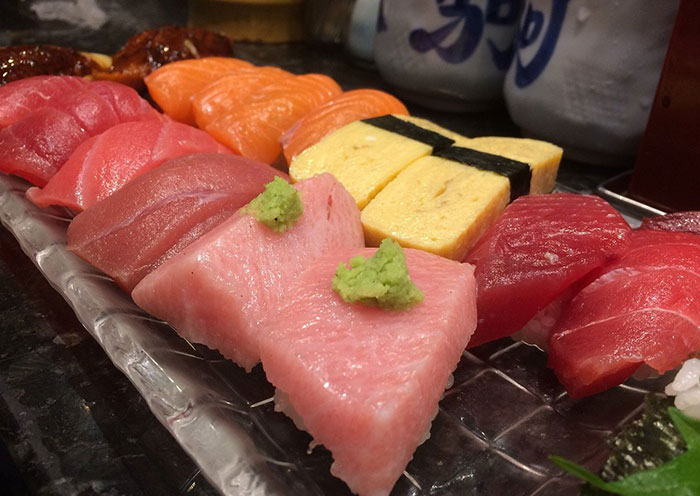
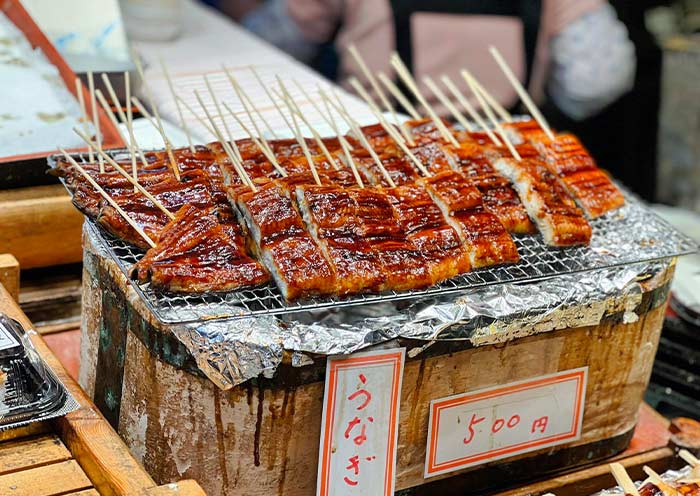
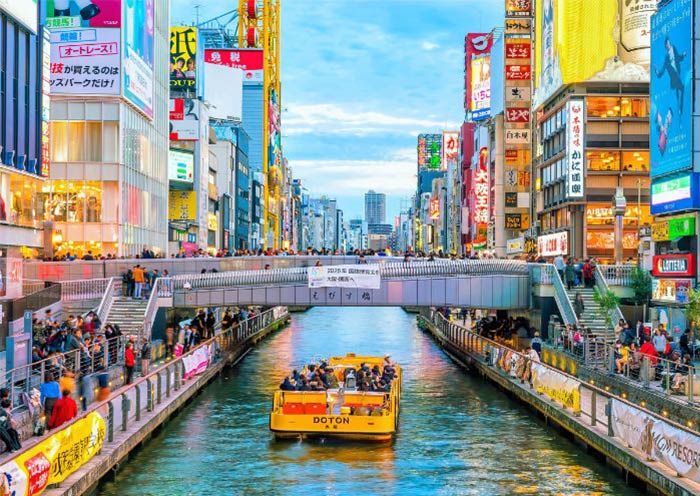
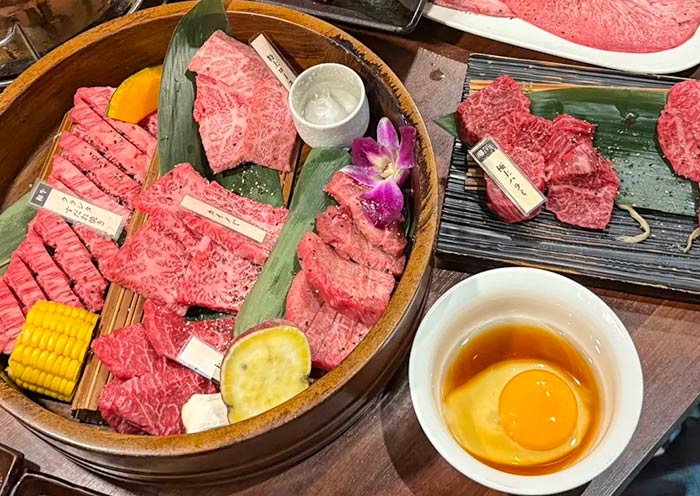
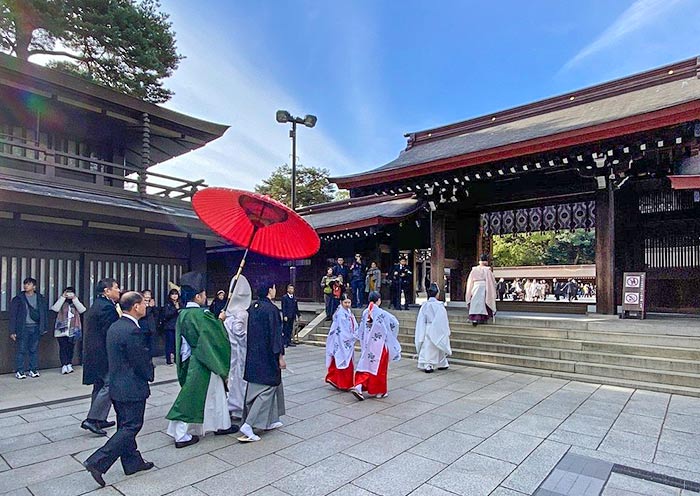
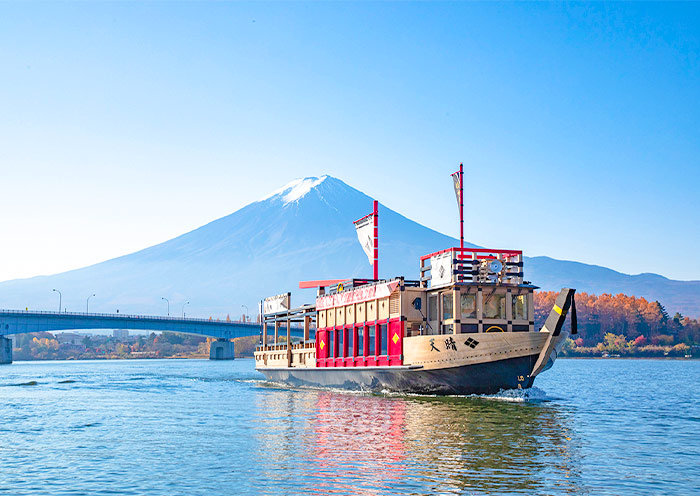
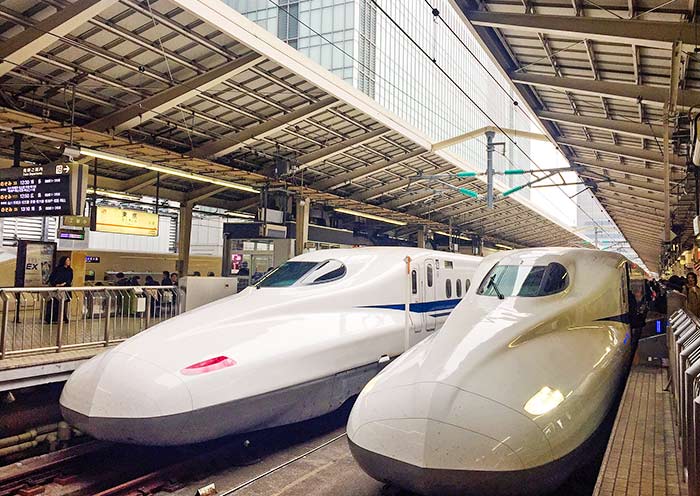
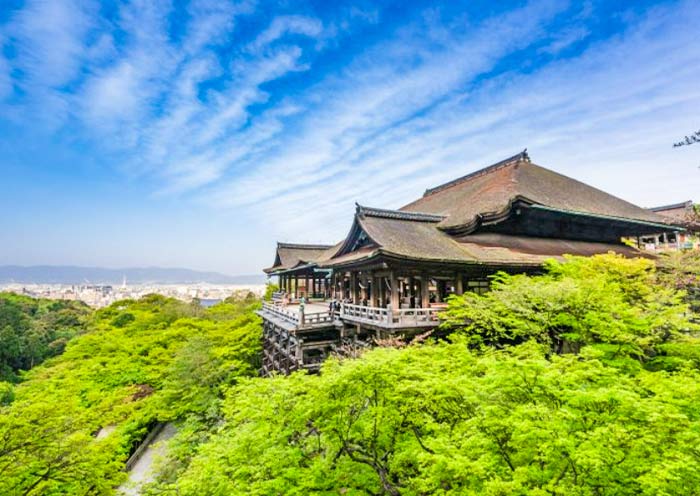
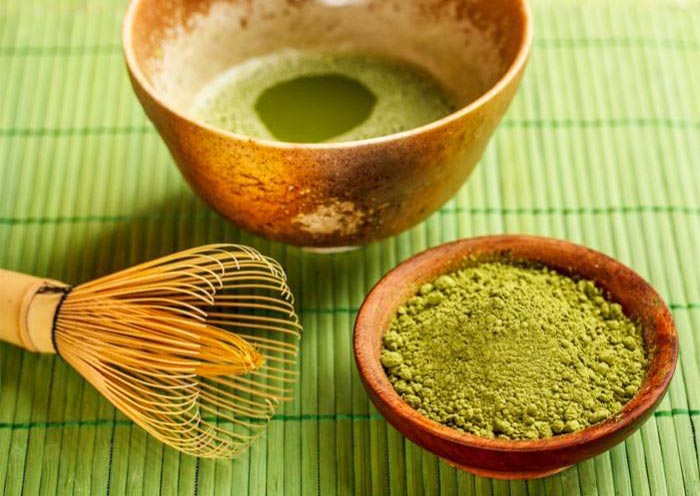
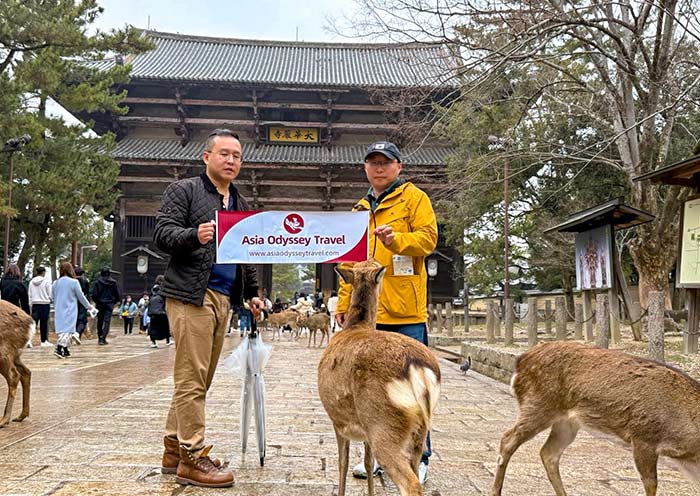
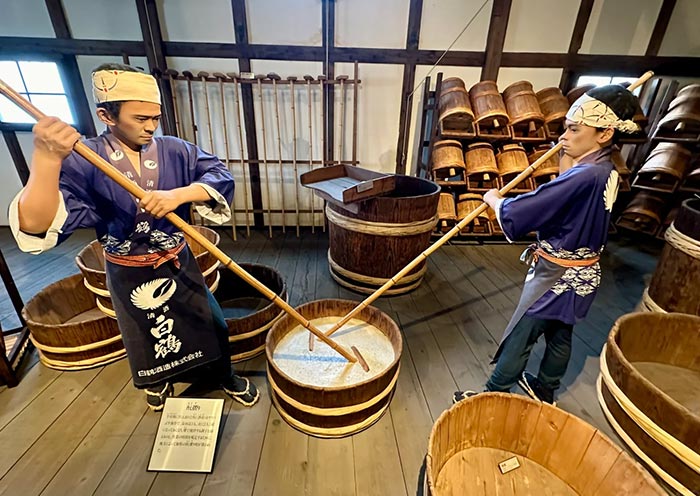
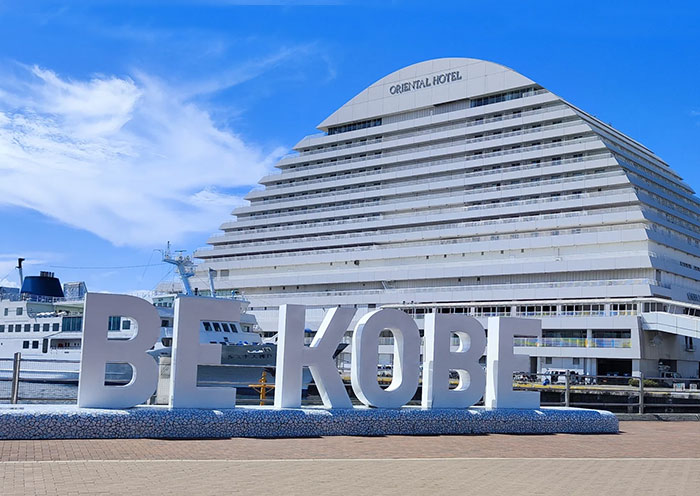
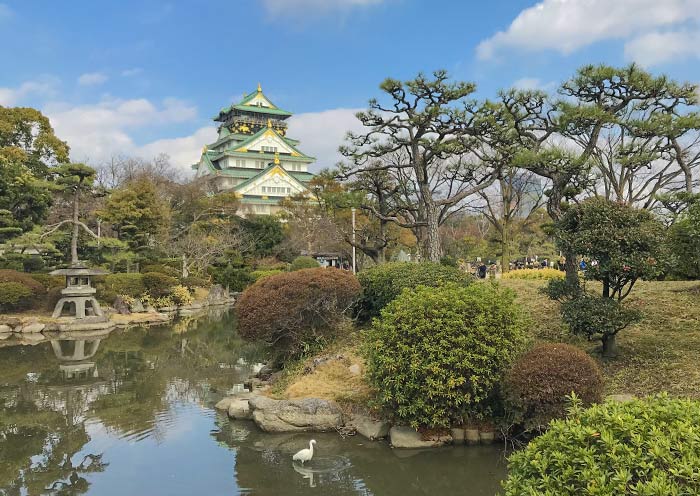
Itinerary at a Glance
Tokyo (1 Day)
Tokyo, Japan Arrival, Airport Pick-up; Transfer to Your Hotel
Mt. Fuji (1 Day)
Arakurayama Sengen Park (view: Mt. Fuji-World Heritage), Lake Kawaguchi (with Cruise)
Tokyo (1 Day)
Meiji Jingu Shrine, Tsukiji Fish Market (seafood), Sushi-Making (Cooking Class), Senso-ji Temple
Kyoto (2 Days)
Kinkaku-ji Temple (World Heritage), Nijo Castle (World Heritage), Fushimi Inari Taisha Shrine (World Heritage), Kiyomizu-dera Temple (World Heritage), Ninenzaka & Sannenzaka Kyoto Food Tour: Nishiki Market (Free Time Idea; Kyoto’s Kitchen), Yasaka Shrine (Fugu cuisine), Gion (Izakaya)
Uji (0.5 Day)
Byodo-in Temple (World Heritage), Matcha Street (Optional: Tea Ceremony)
Japan Nara (0.5 Day)
Todai-ji Temple (World Heritage), Nara Park, Kasuga Taisha (World Heritage)
Osaka
Transfer to Kobe
Kobe (1 Day)
Kobe Food Tour: Hakutsuru Sake Brewery Museum (Kobe Sake), Sannomiya Station (Kobe Beef), Meriken Park, Nankinmachi (Chinatown Food)
Osaka (2 Days)
Osaka Food Tour (Free Day): Osaka Castle Park & Food Streets (Shinsaibashi-suji, Dotombori & Kuromon Market)
Itinerary Day by Day
Konnichiwa (こんにちは)!Welcome to Tokyo, the capital city of Japan! On this day, based on your flight schedule, you will arrive in Tokyo by plane. Upon arriving at the airport, your driver will pick you up and transfer to the your hotel in Tokyo. Free time Explore.
Tokyo, the capital of Japan, is one of Japan and Asia's largest economic centers. Tokyo is a hub for Japanese culture and art, with numerous museums, art galleries, theaters, and cultural venues, serving as a vital platform for artistic activities and cultural exchanges. Tokyo stands as a significant base for technological advancement, nurturing numerous high-tech companies and innovative talents, holding leading positions globally in areas like electronics, automotive, and robotics technology.
Situated at the southern end of the Kanto Plain, Tokyo is surrounded by diverse natural landscapes including Mount Fuji, providing residents with leisure and outdoor activity spaces. At one point, the population of the Tokyo metropolitan area reached 36 million, accounting for one-third of Japan's total population. Despite the high cost of living, Tokyo provides residents with convenient living conditions, offering a plethora of shopping centers, entertainment facilities, and a rich culinary culture ranging from fine dining to street food.
Arrival Ideas:
1.Japan has two commonly used international airports. Narita International Airport, located 63.5 kilometers from the center of Tokyo, is the primary international air hub for Tokyo, where flights from China to Tokyo usually land. Tokyo International Airport (Haneda Airport), is situated 17 kilometers from the center of Tokyo and mainly serves domestic flights within Japan and some international flights, including flights to South Korea and other East Asian regions.
2.Cities that have direct flights to Tokyo include, but are not limited to: Beijing, Shanghai, Guangzhou, Shenzhen, Hangzhou, Xi'an, Chengdu, Chongqing, Hong Kong, Taipei, Kaohsiung, Seoul, Singapore, Bangkok, Kuala Lumpur, Jakarta, Bali, Manila, Ho Chi Minh City, Hanoi, and more. Please note that flight information is subject to changes based on time and market demand. Contact us to obtain the latest flight information and prices.
3.In Japan, using public transportation such as the subway & JR trains is recommended to save costs, avoid traffic congestion, and help reduce carbon emissions. Taxi fares in Japan are relatively high, with a starting fare of around 660 Japanese yen and 140 yen per kilometer. Waiting time is also charged. Surcharges are applicable during nighttime and peak hours (+20%), and expressway tolls are additional. Extra fees are levied for large luggage. For instance, a taxi ride from Tokyo Tower to Narita Airport, covering about 60-70 km, might cost around 25,000-35,000 Japanese yen (roughly 170-237 USD).
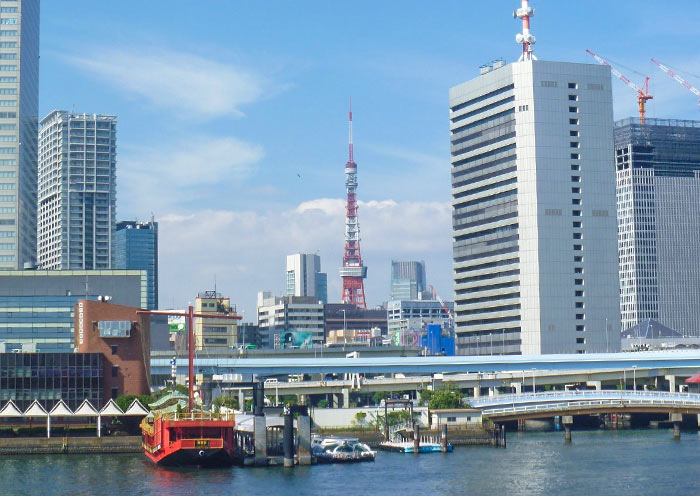
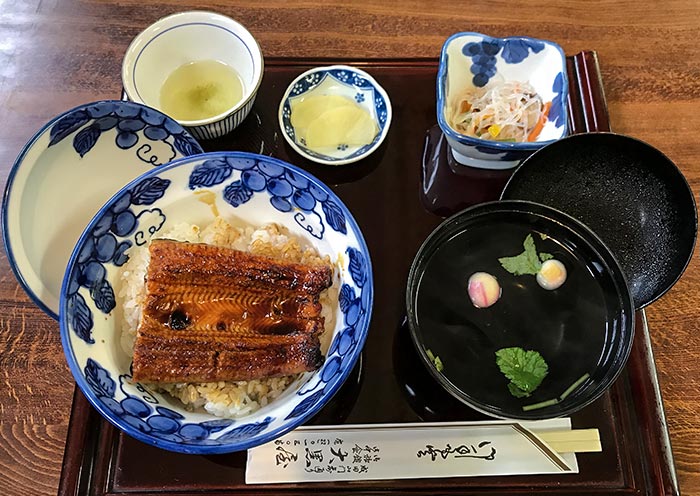
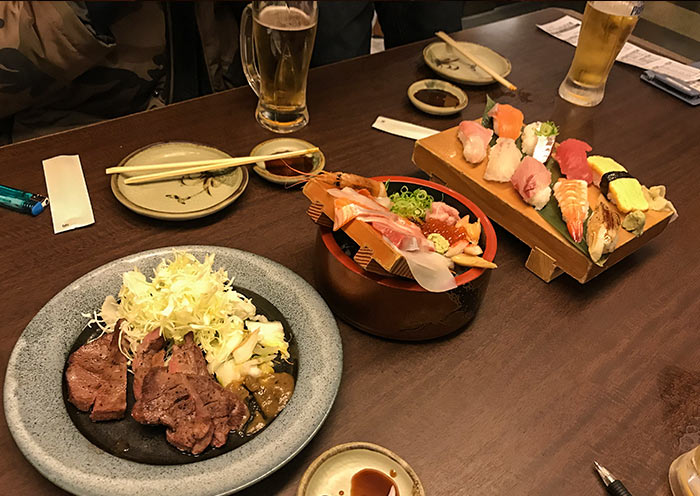
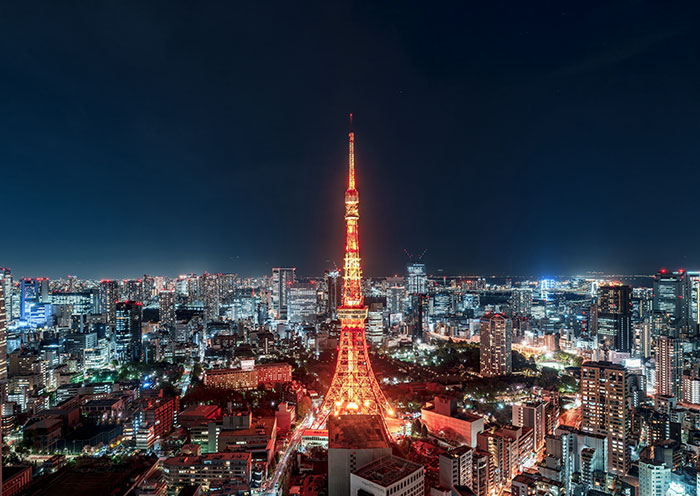
Today, it will be a full-day round trip to admire the breathtaking views of Mount Fuji from Lake Kawaguchi,
Mount Fuji is the tallest mountain in Japan. It's a famous volcano with a perfectly symmetrical cone shape. Visiting Mount Fuji is essential for any traveler in Japan. As a UNESCO World Heritage Site, Mount Fuji (3,776m) stands as an iconic symbol of Japan, a cultural and spiritual landmark (recognized as a holy mountain in Shintoism), and a natural marvel. When picturing Mount Fuji, its distinctive perfect cone shape and snow-capped peak likely come to mind. Among the most renowned depictions is Katsushika Hokusai's 'Thirty-Six Views of Mount Fuji'. Hokusai, one of the "Three Greats of Ukiyo-e", is best known for his masterpiece "The Great Wave off Kanagawa" which can be seen on the 1,000 Japanese yen bill.
Begin your journey at the renowned Arakurayama Sengen Park, where you can admire the magnificent view of a five-story pagoda set against a backdrop of majestic mountains. Hike about 15-20 minutes up to Arakurayama Sengen Shrine, dedicated to the mountain god. The shrine is surrounded by beautiful gardens and offers a peaceful atmosphere. Enjoy the gorgeous scenery and capture iconic photos at the famous Red Fuji Observation Deck.
Next, head to Lake Kawaguchi, another excellent location to leisurely view Mount Fuji. The lake boasts crystal-clear waters, providing breathtaking views of the iconic mountain and a serene atmosphere. Enjoy a cruise on the tranquil waters to marvel at the stunning reflection of Mt. Fuji in Lake Kawaguchi. Additionally, take a leisurely stroll around the lake and explore the nearby parks, galleries, and museums based on your interests.
After that, head back to Tokyo overnight and have a good rest.
Notes:
1.It is a long day trip, and there will be a surcharge if the tour exceeds 8 hours (For Guide, driver & vehicle).
2.If the weather is clear, you can enjoy a good view of Mt. Fuji. However, if the weather is not favorable, Mt. Fuji may not be visible.
3.The best time to view Mount Fuji is generally from December to February when skies are clearer and the peak is snow-capped. And also, April to May (for blooming cherry blossoms) and October to November (for the autumn foliage) are good times.
4.Early mornings often provide the best visibility before clouds obscure the view. Different locations around Mount Fuji offer varying perspectives, with some spots known for their clear views.
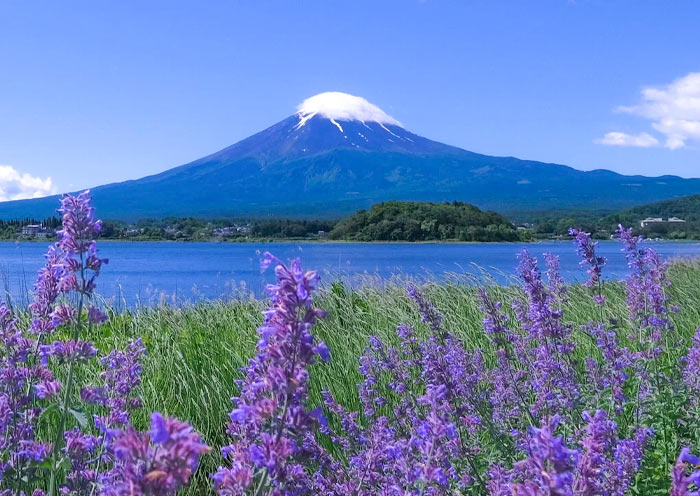
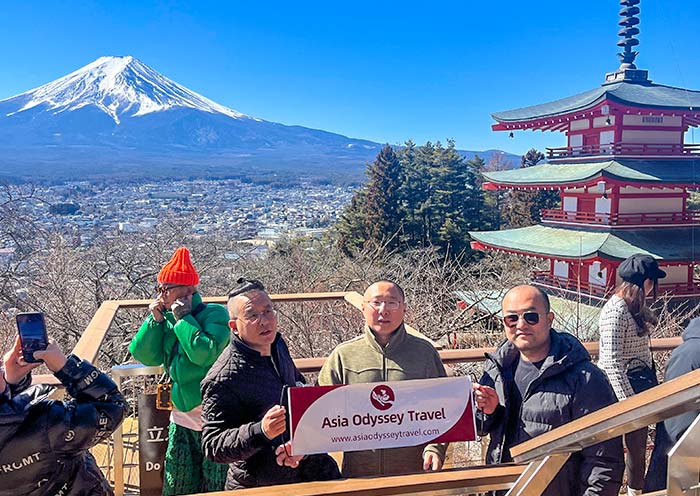
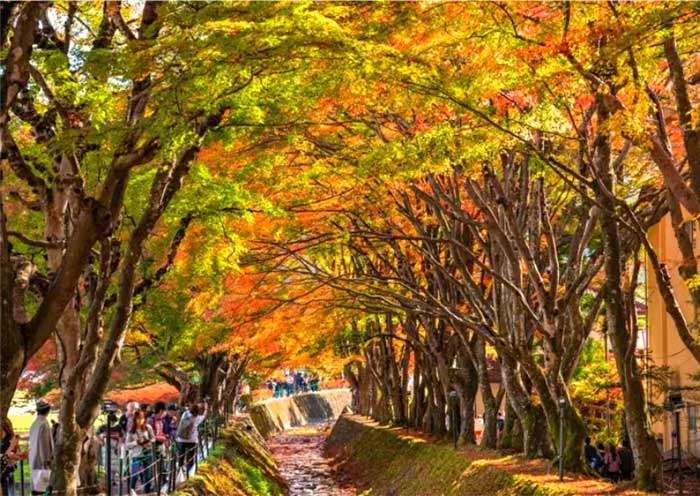
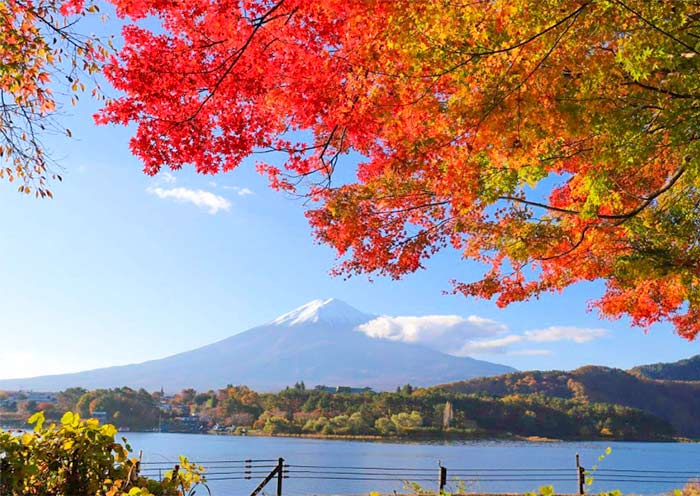
After breakfast, your guide and driver will pick you up at your hotel. Start an amazing day exploring Tokyo food after visiting Meiji Jingu Shrine!
First to visit Meiji Jingu Shrine (Meiji Shrine), a Shinto Shrine dedicated to Emperor Meiji (1852-1912) and Empress Shoken (1849-1914), who played a crucial role in modernizing Japan while excelled in writing Waka (traditional Japanese poems of 31 syllables in the pattern 5-7-5-7-7). Meiji Shrine is also a popular venue for traditional weddings, where you will have the opportunity to witness Japanese wedding procession and experience the charm of Japanese traditional culture.
The Meiji Shrine is nestled within a tranquil forest that covers an area of 70 hectares, providing a peaceful escape from the bustling city. This forest is home to over 100,000 trees that were donated from regions across Japan during the shrine's construction, in honor of their beloved Emperor Meiji (who established Shinto as the state religion) and Empress Shoken.
Take a stroll along the paths and enjoy the fresh air and natural beauty. You will walk through Japan's largest wooden Torii gate, standing in its natural wooden hue and weighing up to 13 tons. The Torii gate serves as the Symbol of Shinto Shrines, marking the transition from the worldly to the sacred. Then, you will notice the impressive Sake Barrel Wall along the South Approach, which features offerings from sake breweries and believers across Japan, including barrels of sake and Western liquor, reflecting Emperor Meiji's fondness for Western culture.
At the main hall of Meiji Shrine, you can witness locals washing their hands and rinsing their mouths at Purification Font before worship as a sign of respect. You can offer a 5-yen coin (symbolizing a connection) like locals and pray for blessings. In the eyes of the Japanese, Meiji Shrine is considered to have such boundless capabilities, from naming ceremonies for newborns, to coming-of-age ceremonies, graduation ceremonies, seeking marriage partners, praying for world peace, family well-being, safe travels, good health, warding off calamity, etc.
In addition to immersing yourself in Japanese Shinto traditions and architecture, revel in the enchanting surroundings filled with lush trees, serene ponds, graceful bridges, and stone pathways that epitomize the essence of traditional Japanese garden art. You should visit here to enjoy the vibrant bloom of cherry blossoms in spring, the verdant beauty of summer, the fiery hues of autumn leaves, and the serene snowy landscapes of winter.
Tips for Visiting Meiji Jingu Shrine:
1.Wear modest clothing: Respect the sacred nature of the shrine by dressing appropriately.
2.Be mindful of noise levels: Maintain a quiet and respectful atmosphere.
3.Inner Garden (Optional; self-pay; once Imperial Property), and Meiji Jingu Museum (Optional; self-pay; items used by the imperial couple).
Then, head to a foodie paradise! The Tsukiji Outer Market is a lively and bustling place where you can find all kinds of delicious food and fresh ingredients. While the famous fish auction has moved, the Outer Market is still an incredible place to eat and explore. The market is full of stalls selling everything from fresh seafood skewers and grilled tamagoyaki (a sweet, rolled omelet) to sweet rice cakes and savory snacks.
After exploring the market, it's time to become sushi chefs! You’ll join a fun, hands-on cooking class where a friendly instructor will guide you in the art of making your own sushi (cooking class). You'll learn the techniques for preparing the rice and rolling the perfect sushi, and best of all, you get to eat your delicious creations!
In the afternoon, head to Senso-ji Temple (Asakusa Kannon Temple), a must-visit for anyone traveling to Tokyo. Senso-ji Temple (Asakusa Kannon Temple), is one of the oldest and most famous Buddhist temples in Tokyo, located in the Asakusa district of Taito, Tokyo. The temple is dedicated to Kannon Bosatsu (Avalokiteshvara), the Bodhisattva of compassion. According to legend, in 628 AD, two fishermen retrieved a statue of Kannon from the Sumida River and decided to construct a temple to enshrine it. Completed in 645 AD, Senso-ji has since become a spiritual symbol of Tokyo.
The temple's entrance is marked by the iconic Kaminarimon (Thunder Gate), featuring a massive red lantern and protective deity statues that symbolize the temple's guardians against evil spirits. This gate is a popular photo spot and marks the beginning of Nakamise Street, a lively shopping street lined with stalls offering traditional Japanese snacks, crafts, and souvenirs, which leads up to the temple's second gate, the Hozomon.
Beyond the Hozomon lies the main hall, dedicated to Kannon and adorned with exquisite decorations, where devotees pray and worship. Adjacent to the main hall is the temple’s five-story pagoda, another striking feature, representing the traditional Japanese architectural style and symbolizing the five elements of Buddhist cosmology - earth, water, fire, wind, and void.
From Senso-ji looking south, you capture a photograph of Skytree Tower (Japan's Tallest Tower; 634 meters). On this street, you can see both old buildings and modern skyscrapers together, providing a visual contrast between traditional and modern.
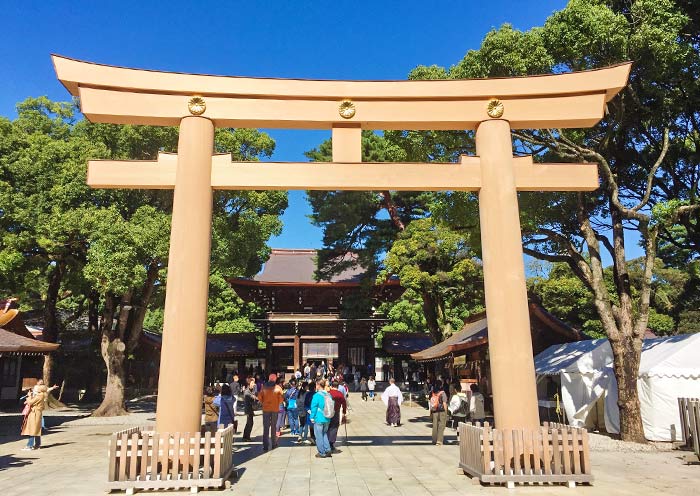
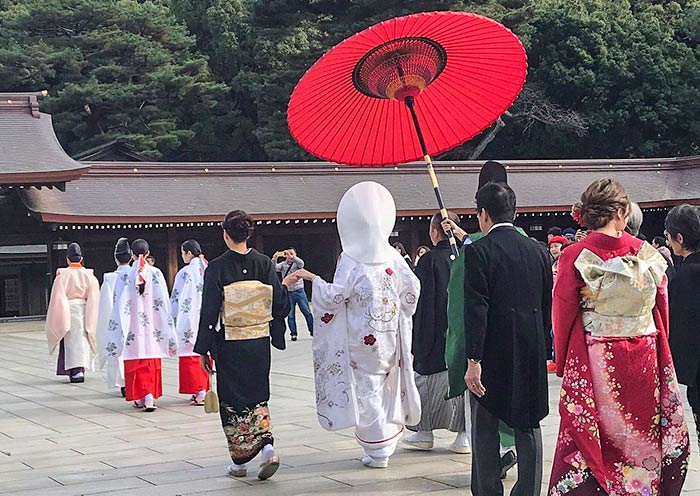
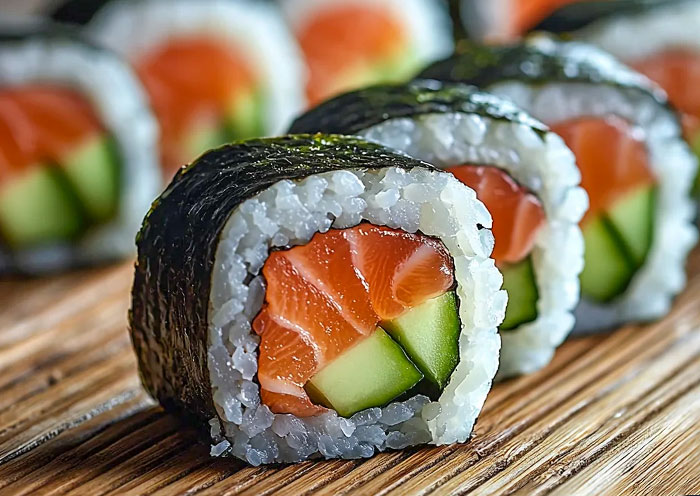
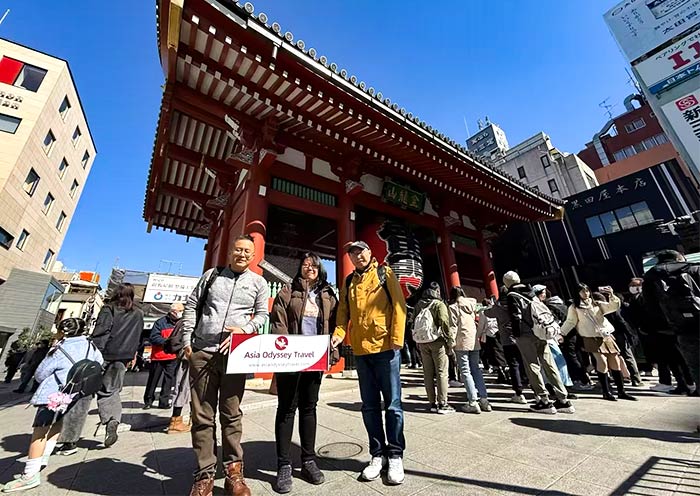
Today, you will visit 2 world Heritage Sites Kinkaku-ji Temple & Nijo Castle (World Heritage) before your Kyoto Food Tour at Nishiki Market.
This morning, you will visit one of Kyoto's most iconic sights, Kinkakuji Temple (Golden Pavilion) - a UNESCO World Heritage site. This Zen Buddhist temple is famous for its stunning golden exterior. The temple's stunning visual appeal comes from its top two floors, which are completely covered in gold leaf. The reflection of the golden structure shimmering in the pond in front of it, makes it perfect for photos and quiet reflection. It was originally built in 1397 as a retirement villa for Shogun Ashikaga Yoshimitsu. After Yoshimitsu's death, as per his will, the villa was converted into a Zen temple by his son.
Next, head to Nijo Castle, another UNESCO World Heritage site, to delve deeper into Japan’s feudal history. Constructed in 1603 as the Kyoto residence of Tokugawa Ieyasu, the first shogun of the Edo period, its expansive grounds and ornate architecture highlight the power and wealth of the dominant samurai clans during the Edo period (1603-1867).
The castle features two concentric rings of fortifications, each consisting of a wall and a wide moat. After passing through the grand Kara-mon (gate), you will enter Ninomaru Palace, which is divided into five buildings with numerous chambers. The interiors are adorned with masterful paintings by the Kano school, reflecting the cultural and artistic heritage of the era. The castle is renowned for its "nightingale floors," (that sing and squeak at every move, making it difficult for intruders to move about quietly), designed as a security measure against intruders. Don’t miss the excellent Ninomaru Palace Garden, which was designed by the tea master and landscape architect, Kobori Enshu.
Free Time Idea For foodies:
Head downtown visit Nishiki Market , often called "Kyoto’s Kitchen." This vibrant market is the perfect place to sample a variety of local dishes, such as cute Japanese sweets wasabi salt, fresh sashimi skewers to tako tamago (small octopus head stuffed with a quail egg on a stick). Enjoy browsing through the stalls and trying different Kyoto delicacies.
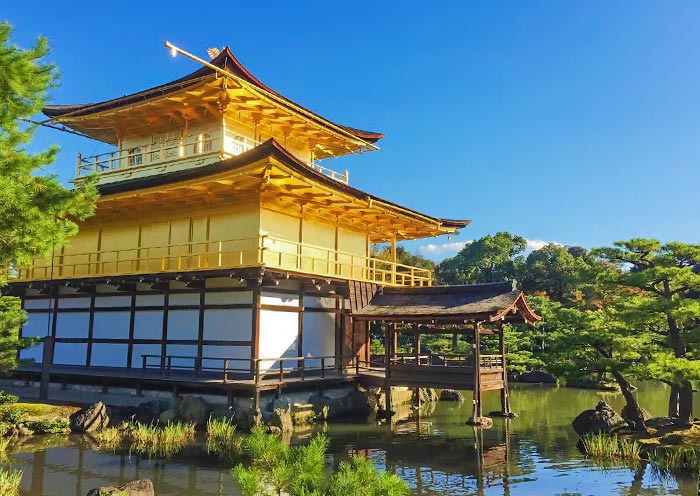
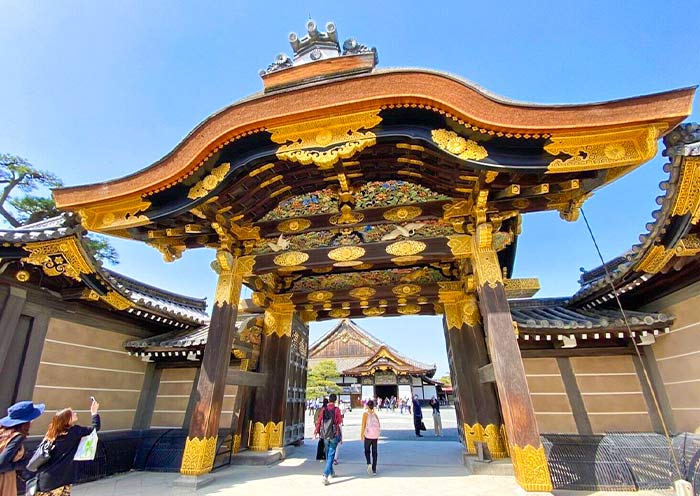
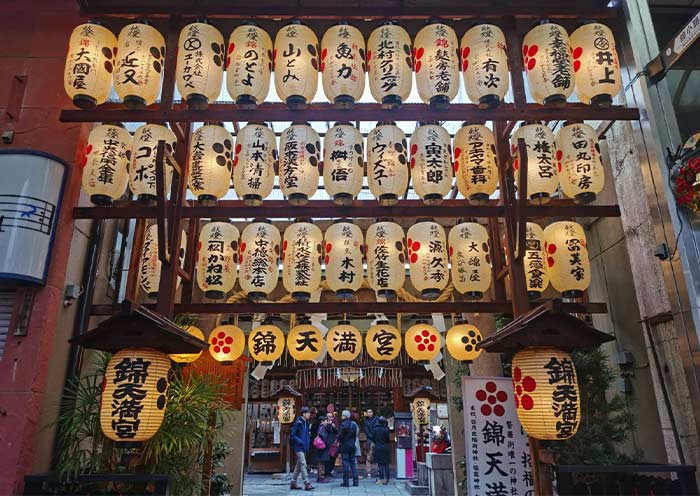
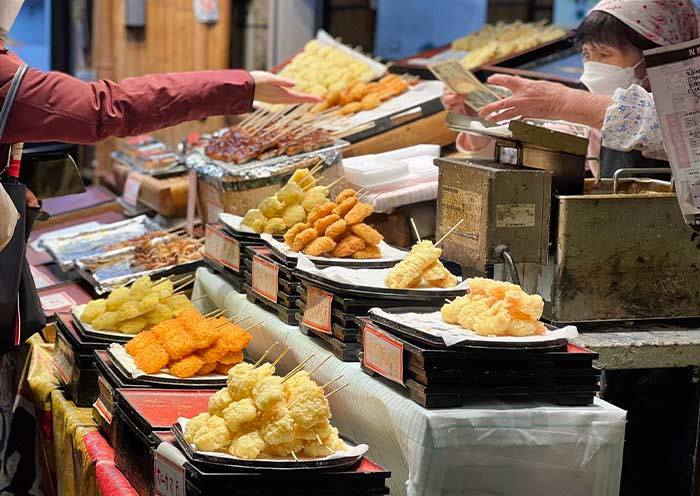
Kyoto, once the capital of Japan, and also food capital of Japan. First visit Fushimi Inari Taisha Shrine, Kiyomizu-dera Temple, Ninenzaka & Sannenzaka, then enjoy Kyoto food tour at Yasaka Shrine for Fugu cuisine & Gion for Izakaya (sake).
Start morning in Kyoto bright and early at one of its most iconic sites - the Fushimi Inari Taisha Shrine to beat the crowds. Fushimi Inari Taisha Shrine is famous for its thousands of vermilion torii gates, known as Senbon Torii (“thousands of torii gates”). Layers upon layers of vermilion torii gates line the lush, wooded hillside, forming a seemingly endless corridor. The vibrant orange and black gates contrast beautifully with the surrounding greenery, creating a visually stunning and almost otherworldly path that is highly photogenic.
Fushimi Inari Taisha was founded in the early 8th century (711 AD) and is primarily dedicated to Inari, the Shinto god of rice, fertility, sake, agriculture, and industry. As you explore the shrine, you will encounter hundreds of fox statues. Said to be the messengers of the god Inari, who is associated with cereal grains, these fox statues often symbolize the deity. Many of these fox statues are depicted holding a key in their mouths, which is said to open the granary.
Tips: Hiking to the summit of the mountain and back will take two to three hours, but many people go only as far as the Yotsutsuji intersection because there are fewer torii gates beyond this point. It will take 30 to 40 minutes to reach Yotsutsuji.
Next, visit Kiyomizudera Temple, a UNESCO World Heritage Site. Perched on the hillside of Eastern Kyoto, this temple is renowned for its wooden stage that juts out over the hill, providing stunning views of the city and the surrounding nature. The temple's main hall, constructed entirely without the use of nails, is an architectural marvel. Kiyomizu-dera is also celebrated for its sacred waters, which are believed to have wish-granting powers that draw countless visitors who come to drink from its stream. Don’t miss the Hondo (Main Hall), Jishu Shrine, the Otowa Waterfall, and the spiritual experience of the Tainai-Meguri room.
Tips: The scenery at Kiyomizu-dera Temple is distinctively beautiful in each season, offering a unique charm year-round. In spring, the mountains are adorned with charming cherry blossoms; in summer, they are lush with vibrant greenery; in autumn, they are decorated with brilliantly colored leaves; and in winter, they are filled with enchanting trees.
Then, walk up the well-preserved streets of Ninenzaka and Sannenzaka. These charming, sloping streets are lined with traditional shops and quaint tea houses, offering a nostalgic glimpse into Kyoto's past. As you stroll through these areas, you can shop for unique crafts, sample local snacks, and perhaps stop at a café to relax and soak in the atmosphere of old Kyoto.
Continue to Yasaka Shrine, the guardian shrine of the Gion entertainment district, which dates back over 1350 years. Yasaka Shrine is particularly favored by those seeking beauty and wealth. Visiting this significant Shinto shrine in Kyoto, you may also find yourself gaining some good luck. The shrine is most famous for its Gion Matsuri in July, during which you can witness the procession where the deities of Yasaka are paraded through the city streets.
Adjacent to the shrine, Gion is Kyoto's famous geisha district. Here, you might catch a glimpse of Geisha (Geiko) in their elaborate kimonos and traditional makeup. As you wander through the cobblestone streets of Gion, take a moment to appreciate the beautifully preserved machiya (wooden townhouses), ochaya (teahouses), and exclusive ryotei (traditional Japanese restaurants). Gion is particularly enchanting at dusk when the lanterns are lit and geishas and maiko (apprentice geishas) make their way to evening appointments, making the narrow lanes come alive.
For foodies: Yasaka Shrine area is great for fugu cuisine. Nearby traditional kaiseki restaurants serve premium fugu, blending delicate flavors with the shrine’s cultural ambiance—ideal for a refined culinary experience. Gion’s charming streets are dotted with cozy izakayas offering sake, yakitori, and Kyoto-style small bites.
Stay overnight in Kyoto.
Optional Activities:
1.Join a Geisha Experience. It offers a chance to see a performance by a geisha, experience the tea ceremony, and learn all about its artful rituals.
2.Kyoto traditional kimono experience. Wear a traditional kimono and stroll through scenic districts like Gion or around Kiyomizu-Dera Temple. Enjoy photo opportunities and the feel of traditional Japan.
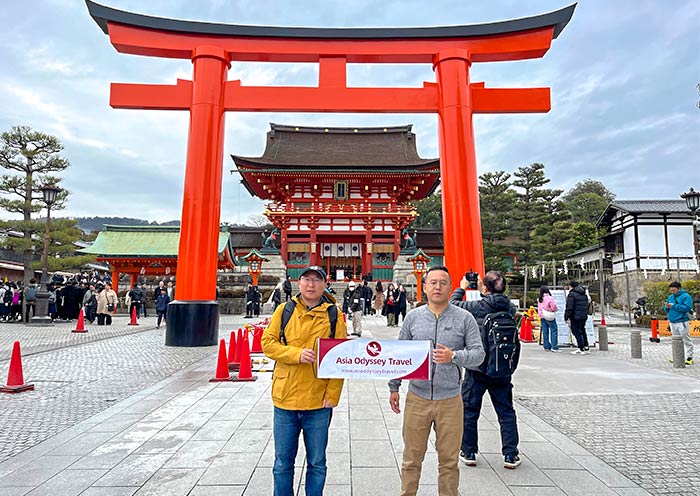

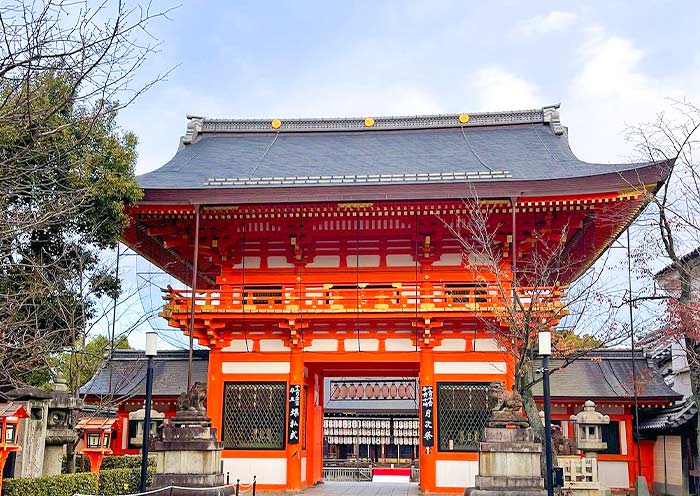

Today, you will depart from Kyoto to Osaka. Along the way, you will visit Uji & Nara to make the most of your day.
Driving to Uji takes about 40 minutes. Uji is renowned for its green tea and is the perfect spot to delve into traditional Japanese tea culture. In the 7th century, Buddhist monks introduced green tea from China to Japan. Initially, monks ground the leaves into a powder to help them stay awake during long periods of meditation. It wasn't until the Kamakura period (1192-1333) that it became a popular beverage. Gradually, green tea powder became a vital ingredient in the tea ceremony, especially popular among the aristocracy.
Visit Byodoin Temple, a Buddhist temple from the Heian period, now listed as a World Heritage Site. Its most famous structure, the Phoenix Hall, is depicted on the Japanese ten-yen coin. Inside the hall, you can find many valuable artworks and relics, including a designated National Treasure, and the statue of Amida Buddha.
The street leading to Byodoin Temple, spanning 300 meters, is Uji's busiest Matcha street, lined with restaurants on both sides. No matter what delicacy you indulge in - be it ice cream or sweets - the unique aroma of green and roasted tea permeates the air. Japan's oldest tea shop is located in Uji.
Uji also has a river sharing the city’s name, the Uji River, which divides the town in two. You can take a leisurely stroll along the river, and visit Uji Bridge, an important setting in the Tale of Genji, now one of Kyoto’s most romantic spots.
Uji Tea Ceremony For Foodies (Optional/Self-pay): If you want to experience the joy of tea-making firsthand, consider joining a tea workshop in Uji. Learn how to prepare tea, how to grind matcha to perfect fineness, and sample different tea beverages.
After finishing your tour of Uji, head to Nara, just 50 minutes away. Nara holds a special place in Japanese history as the country's first permanent capital, predating Kyoto. Nara boasts eight World Cultural Heritage sites, making it Japan's second most culturally rich city after Kyoto.
Visit Todaiji Temple, one of Japan's most historically significant temples and a UNESCO World Heritage site. It is known for housing the world’s largest bronze statue of the Buddha Vairocana, which stands just over 16m high and consists of 437 tonnes of bronze and 130kg of gold. It represents Vairocana Buddha and is flanked by two Bodhisattvas. Todaiji's main hall, Daibutsu-den (Big Buddha Hall), is one of the world’s largest all-wood buildings, despite the fact that the present reconstruction of 1692 is only two-thirds of the original temple hall's size.
Walk to Nara Park, adjacent to Kasuga Taisha. This park is famous for its hundreds of freely roaming deer, considered messengers of the gods in Shinto tradition. Purchase some shika senbei (deer crackers) to feed the deer as you stroll through the park.
Head to Kasuga Taisha (Kasuga Grand Shrine), Nara’s most celebrated Shinto shrine, another UNESCO World Heritage Site. It is renowned for its lanterns, which have been donated by worshippers. Hundreds of bronze lanterns can be seen hanging from the buildings, while thousands of stone lanterns line its approach and the surrounding woods. These lanterns are lit twice a year during the Lantern Festivals in February and August, creating an ethereal and mesmerizing atmosphere.
After the tour, drive to Osaka (typically takes around 50 minutes) and stay overnight.




Enjoy Kobe Food Tour from Osaka, Explore Hakutsuru Sake Brewery Museum (Kobe Sake Brewery Tour), Sannomiya Station (Kobe Beef Tour), Meriken Park (view modern landmarks of Kobe), and Nankinmachi (Chinatown Food Tour).
Explore Hakutsuru Sake Brewery Museum at Nada Sake District. Sake is fermented rice in Japan and the Nada Sake District is one of the biggest producers of the alcoholic beverage. It has been an area where sake has been made since around the 17th century.
The Hakutsuru Sake Brewery Museum is an excellent destination to explore sake culture! This museum, transformed from a sake brewery in the early 1900s, vividly presents the entire traditional sake brewing process through scaled dolls and scenes. The two-story exhibition area meticulously showcases every step of sake production, from rice selection and steaming to fermentation, with real tools and video explanations, making visitors feel as if they have traveled back in time to a brewery of the past.
The museum not only provides a variety of sake but also offers unique products like cosmetics made from sake lees. What sets it apart is the complimentary tasting of freshly squeezed unpasteurized sake - retaining the original rice fragrance and freshness, providing a refreshing and unique taste experience. Before you leave, don't forget to try the sake lees ice cream, where the rich rice fatty aroma intertwines with a sweet and delicious flavor!
At lunchtime, you can explore the streets around the Sannomiya Station (神户三宫站), which is famous for locals to enjoy the famous Kobe Beef and other delicious Japanese food. Kobe Wagyu Beef is incredibly famous! It is known for its delicate texture, beautiful marbling, and rich, flavorful taste, often referred to as the "Rolls-Royce of Beef." (PS: The name "Kobe" actually comes from here—his father, Joe Bryant, dined at a Japanese restaurant in Philadelphia, where he particularly enjoyed the Kobe beef and decided to name his son "Kobe".)
In the afternoon, time to explore Meriken Park (美利坚公园). Meriken Park used to be a dedicated port for foreign steamships, but in 1987, it was transformed into a seaside park specifically to commemorate the 120th anniversary of Kobe Port's opening. The term "Meriken" in the name is a phonetic translation of "American" during the Meiji era. One of the park's most popular spots is the "BE KOBE" photo spot, established to celebrate the 150th anniversary of Kobe Port's opening. The park also houses the Kobe Maritime Museum, designed to resemble a ship just setting sail with its sails raised, which is quite interesting. The park offers a great vantage point for viewing the Kobe Port Tower, a Kobe landmark standing at 108 meters tall. You can climb to the top observation deck for panoramic views of the entire cityscape (self-pay). A section of the park also preserves a damaged pier from the 1995 Great Hanshin Earthquake as a memorial to the disaster, reminding everyone to cherish the present.
After a stroll, you can take a break with a cup of coffee before exploring the modern art installations and sculptures within the park, enjoying a relaxing walk in the sea breeze. In the evening, the park hosts a light show accompanied by music and fountains, creating a romantic atmosphere.
At last, stroll to Nankinmachi for a China Food Tour. Nankinmachi is a vibrant Chinatown, one of the largest Chinatowns in Japan. The district features traditional Chinese-style buildings, creating a distinctive atmosphere and is home to a wide variety of Chinese restaurants serving authentic dishes from different regions of China. Enjoy your Chinese food adventure.
At last head back to Osaka for overnight.




Osaka, Japan's third-largest city and a major economic hub, is renowned for its rich history, diverse cuisine, distinctive culture, and robust economic strength. The city's unique sense of humor and open personality make it an exceptionally interesting place, more colorful than most cities. Acres of concrete are covered with dazzling neon lights and brightly colored storefronts. Osaka is a city that loves to eat, known as the "nation's kitchen." It boasts a wide variety of culinary delights.
Sample for your fee day Food Exploration:
Start your free day at Osaka Castle Park, one of Japan’s most famous landmarks and a symbol of Osaka’s historical grandeur. Originally built in 1583 by Toyotomi Hideyoshi, a powerful daimyo who aimed to unify Japan, it was the largest castle of its time. After multiple renovations and reconstructions, today's Osaka Castle has been transformed into an open park, covering a total area of 105.6 hectares, making it a must-visit attraction.
Walking into the scenic area of Osaka Castle, you'll be amazed by the massive scale and precision of the moats, gates, and stone walls. The largest stone slab is 11 meters wide, and many stones are inscribed with the crests of the 64 daimyō (feudal lords) tasked with the castle’s construction back in 1620. The most breathtaking feature is the Main Tower (Tenshukaku) of Osaka Castle, which stands tall against the sky at the center of the extensive castle grounds. The castle tower's interior is a museum showcasing artifacts related to Toyotomi Hideyoshi and the castle's history. The observation deck on the 8th floor offers a panoramic view of Osaka Castle Park and the Osaka Plain.
In the afternoon, explore Osaka Food Streets:
1.Shinsaibashi-suji Shopping Street: Osaka’s ultimate foodie paradise! Neon-lit streets buzz with energy, offering takoyaki (octopus balls), okonomiyaki (savory pancakes), and kushikatsu (fried skewers). Endless stalls, lively crowds, and bold flavors make it a must for a culinary adventure!
2.Dotonbori: As the heart of Osaka's culinary scene, it's famous for its vibrant street food culture. Besides, must-try local dishes such as takoyaki, okonomiyaki, and kushikatsu, you can also try fugu sashimi (pufferfish), Ramen, Crab Delicacies, or takoyaki-style hotdogs.
3.Kuromon Market: This 190-year-old market, known as "Osaka's kitchen," is a fantastic food tour spot (fresh seafood). Dive into ultra-fresh sashimi, crispy takoyaki, and sweet tamagoyaki (egg rolls). Don’t miss grilled scallops, unagi (eel), oden, or unique Japanese sweets.




It is time to end your unforgettable 9 Days Japan Food Tour. Your driver will ensure a smooth transfer to Kansai International Airport (KIX) or Kansai International Airport (KIX) for your departure flight.
Trip Extension: If you'd like to extend your adventures in Japan, consider exploring other notable regions like Tokyo, Mt. Fuji, Hakone, etc. Feel free to contact us to customize your extended itinerary.
Thank you for choosing Asia Odyssey Travel for your tour of Asia. We are dedicated to enhancing your travel experiences and look forward to welcoming you on your next adventure in Asia. Have a safe journey home!




What’s Included & What’s Excluded
What's Included:
What's Excluded:
Important Travel Tips for Visiting Japan
Get the right visa. Depending on your nationality and the length of your stay, you may need to apply for a visa in advance. You can do this online or at a Japanese embassy or consulate. Many countries are part of Japan’s visa exemption program, allowing their citizens to enter Japan for short stays without a visa for tourism. Always check if your country is on this list before applying for a visa. If you have any questions, feel free to contact our travel experts for more information.
The best time to visit Japan depends on your interests:
Spring (March to May): Ideal
for witnessing the cherry blossoms and enjoying mild weather. Major cities like Tokyo, Kyoto, and Hiroshima
are particularly beautiful as cherry trees bloom spectacularly.
Summer (June to
August): Perfect for experiencing vibrant festivals such as Gion Matsuri in Kyoto,
Tanabata Matsuri across the country, and enjoying the natural beauty of Hokkaido, which is less humid than
the rest of Japan. Note that early summer (June) is the rainy season.
Autumn (September to
November): Offers stunning fall foliage, making it a great time for hiking and temple
visits. The weather is cool and pleasant, ideal for outdoor activities.
Winter (December to
February): The best time for winter sports, especially in regions like Hokkaido and the
Japanese Alps. Onsens (hot springs) are also a popular attraction during the cold months.
Bring Cash. Despite advances in digital payment, many smaller vendors, temples, and rural
areas operate predominantly with cash. It’s wise to keep some yen on hand at all
times.
Universal Travel Adapter. Japan uses 100V with two straight thin
pins.
Passport: Ensure it’s valid for at least six months beyond your date
of travel.
Visa (if required): Make sure you have the right visa for your
travel.
Travel Insurance Information: Always good to have on hand.
Bow when greeting: A slight bow is a common way to say hello, thank you, or
sorry.
Be mindful of your noise level: Japanese culture values quietness,
especially in public transportation and residential areas.
Follow the rules: Whether
it's waiting in line or adhering to signage, following local rules and etiquette is highly
valued.
Etiquette in temples and shrines: Wear modest clothing and follow specific
customs such as washing hands and mouth before entering a shrine or temple. Photography might be restricted
in sacred areas.
Looking for more travel guides for first-time visitors to Japan? Want to gather additional information to plan your trip? Our team of professional travel experts has written over 40 articles about Vietnam. Please check out ourJapan Travel Guide for inspiration and detailed insights.
Hotel Conditions for Your Japan Tour




We offer a range of accommodation options to suit various preferences and budgets: luxurious 5-star hotels, comfortable 4-star hotels, and economical 3-star hotels. Our selected hotels are conveniently located close to the city center or popular tourist spots.
For those seeking a more distinctive lodging experience, we also offer Traditional Ryokans, Machiya, Onsen (hot springs) Hotels, etc. If you have specific needs or preferences, please consult with your travel advisor.
Tips: Be aware that hotel room sizes in Japan may be smaller compared to those in other developed countries due to the scarcity of land. If your budget allows, it is recommended to opt for a higher category of hotel, which will generally offer more comfort.
Photo Gallery for This Itinerary
Latest Japan Tours Reviews from Our Customers

Jess
Malaysia
Destination(s): Beijing, Xian, Shanghai, Zhangjiajie
Date of Experience: Sep 04, 2025
Tour Customized by: Yee
You May be Interested in This Tour: 26 Days In-Depth Vietnam China Japan Tour: Ultimate Asia Contrast

Claudia Konrado
Brazil
That’s when a friend recommended Asia Odyssey Travel (AOT), and it was the best decision we made! Not only did they completely customize our entire trip, but they did so at a perfectly reasonable cost. Our travel agent, Abby, was absolutely incredible. She worked tirelessly with us to build out an itinerary, patiently answering all our questions, offering guidance, making changes, and adding new ideas with such care and professionalism. From Disney and Universal for the teens to visits to TeamLab Planets, museums and temples and shopping excursions, ending with a relaxing beach time in Okinawa, Abby worked with us and ensured there was something wonderful for everyone. Even during the trip, she was always available to help and provide support. I truly can’t express how much Abby made a difference in our experience. The entire team at AOT, from the guides to the drivers, was consistently helpful and attentive, ensuring every moment of our journey was smooth and enjoyable. We are so grateful for the wonderful memories created, all thanks to the dedication and expertise of AOT team. We highly recommend them for an exceptional travel experience.
Date of Experience: Jul 01, 2025
Tour Customized by: Abby
You May be Interested in This Tour: Customized Tour

Cheers
Britain
I’m so glad we chose to do this tour! We were looking for a way to escape the summer heat, and Hokkaido was a dream come true. The air was so fresh and the scenery was just incredible—I swear my photos don’t even do it justice.
The highlight for me was definitely the lavender fields in Furano. They were even more beautiful in person than in all the pictures you see online. Our private guide knew the best spots to get a great view without fighting the crowds. Plus, we got to see all the other rainbow flower fields in Biei which were just as amazing.
The trip was super relaxing because we didn't have to worry about a thing. Our driver was so professional, and it was a huge relief to have a private car just for our family. It made getting between all the different towns so easy. We loved exploring the charming canal in Otaru and getting to eat all the fresh seafood in Sapporo. The food in Hokkaido is seriously on another level!
Date of Experience: Jun 10, 2025
Tour Customized by: Cheers
You May be Interested in This Tour: 8 Days Hokkaido Summer Tour: Colorful Family Vacation on Hokkaido Island
Price: From USD Request pp
(Based on a private tour for 6 persons staying in 4-star hotels. Prices may vary depending on the itinerary, travel dates, and group size. )
(Book at least 6 months in advance)








